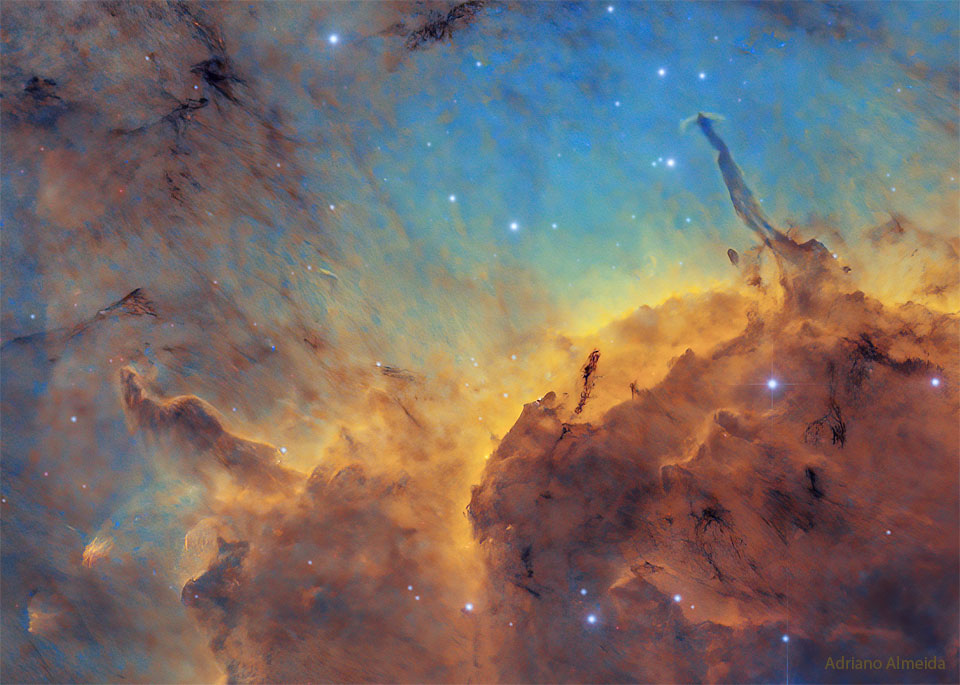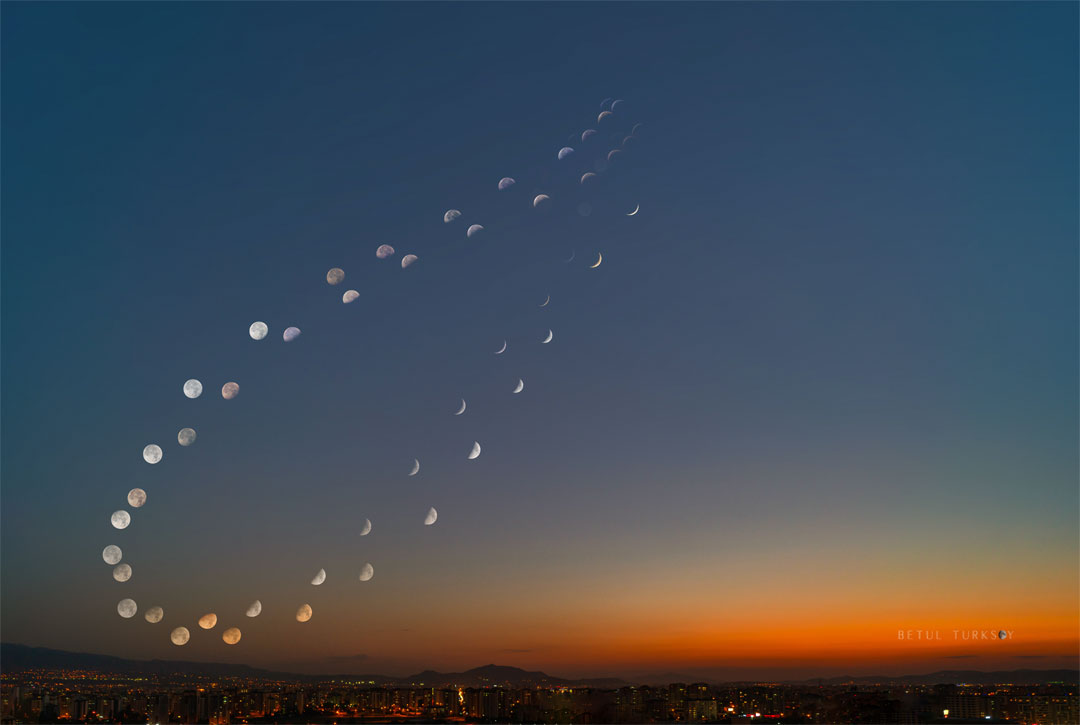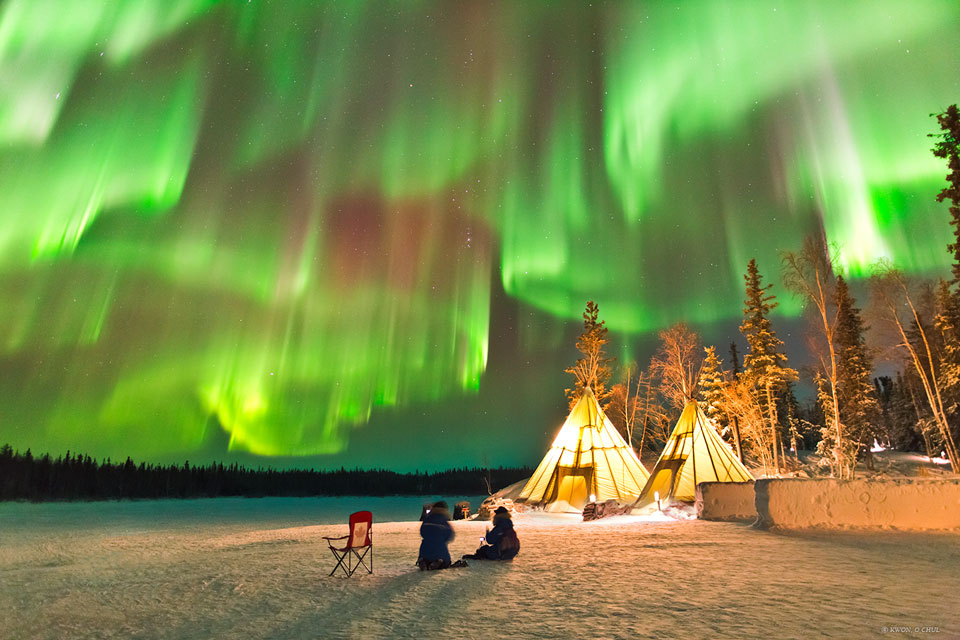안녕하세요, 잡학다식 입니다. 오늘은 과연 나사에서 어떤 방식으로 우주의 형상을 표현해 줄까요?
우선 이미지부터 볼 수 있도록 하겠습니다

해당 사진의 이름은 Stars, Dust, Pillars, and Jets in the Pelican Nebula 인데요 우선 NASA에서 공식적으로 발표한 설명들을 확인해 보겠습니다
What dark structures arise within the Pelican Nebula? On the whole, the nebula appears like a bird (a pelican) and is seen toward the constellation of a different bird: Cygnus, a Swan. But inside, the Pelican Nebula is a place lit up by new stars and befouled by dark dust. Smoke-sized dust grains start as simple carbon compounds formed in the cool atmospheres of young stars but are dispersed by stellar winds and explosions. Two impressive Herbig-Haro jets are seen emitted by the star HH 555 on the right, and these jets are helping to destroy the light year-long dust pillar that contains it. Other pillars and jets are also visible. The featured image was scientifically-colored to emphasize light emitted by small amounts of heavy elements in a nebula made predominantly of the light elements hydrogen and helium. The Pelican Nebula (IC 5067 and IC 5070) is about 2,000 light-years away and can be found with a small telescope to the northeast of the bright star Deneb. Explore Your Universe: Random APOD Generator
이번에도 광활한 우주 앞에 인간이 얼마나 작은 존재인지 다시 한번 알게 되는것 같습니다
저는 내일도 더 좋은 사진과 함께 돌아오겠습니다, 그럼 행목한 하루 되시길 바랍니다
'과학상식' 카테고리의 다른 글
| NASA 나사의 오늘의 이미지들 (2022-10-13) (0) | 2022.10.14 |
|---|---|
| NASA 나사의 오늘의 이미지들 (2022-10-12) (0) | 2022.10.13 |
| NASA 나사의 오늘의 이미지들 (2022-10-10) (0) | 2022.10.11 |
| NASA 나사의 오늘의 이미지들 (2022-10-09) (0) | 2022.10.10 |
| NASA 나사의 오늘의 이미지들 (2022-10-08) (0) | 2022.10.09 |

